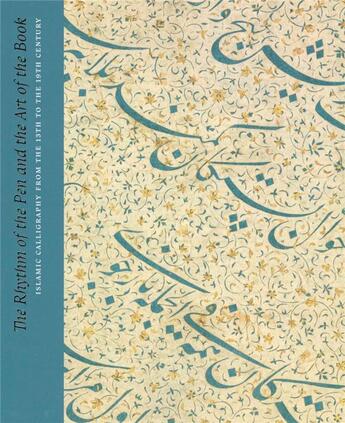-
Date de parution : 18/11/2017
-
Editeur :
Paul Holberton
-
EAN : 9781911300342
-
Série :
(-)
-
Support :
Papier
Résumé:
An examination of masterpieces by Dürer and Mantegna to shed light on one of the most important ideas of one of the most influential art historians of the 20th century The Hamburg banker's son Aby Warburg (1866-1929) was one of the most influential art historians and cultural theorists of the... Voir plus
An examination of masterpieces by Dürer and Mantegna to shed light on one of the most important ideas of one of the most influential art historians of the 20th century The Hamburg banker's son Aby Warburg (1866-1929) was one of the most influential art historians and cultural theorists of the 20th century. His life's work was devoted to tracing antique formulas of representation in the depiction of human passions in Renaissance art. For this epoch-spanning relationship, he developed the term 'pathos formula' (Pathosformel). In a lecture given in 1905 in the Konzerthaus in Hamburg, focusing on the young Albrecht Dürer's Death of Orpheus, Warburg outlined his thoughts in front of the original drawing, which he had borrowed from the rich holdings of the Kunsthalle in order to better illustrate his idea. This drawing, pivotal in the young artist's development as an ambitious response to classical antiquity, was displayed during the lecture alongside a group of engravings and woodcuts which included not only some of Dürer's own seminal later prints, such as Melencolia I, but also engravings by Andrea Mantegna which Dürer copied in 1494, the same year he drew the Death of Orpheus.
Warburg's 'pop-up exhibition' of eleven works has here been reconstructed and analysed, using his fascinating lecture notes, sketches and slide lists. First developed by the Hamburger Kunsthalle in 2011, subsequently on view in Cologne in the Wallraf-Richartz Museum and now at The Courtauld Gallery, each institution has interpreted the material slightly differently, while retaining the core Warburg group.
Aby Warburg aimed at unlocking the meaning of an art work by excavating its roots in its cultural context. By restaging his legendary display of 1905 with Dürer's Death of Orpheus at its heart, the exhibition and accompanying book present some of the most skilful and ambitious works on paper ever produced and also seek to introduce into Warburg's rich intellectual universe to a broader public, hoping thereby to offer both sheer enjoyment and food for thought.
Donner votre avis














